How To Repair Steel Braided Hose
How to Repair a Garden Hose
Fix leaky garden hoses speedily and cheaply.
Every editorial product is independently selected, though we may be compensated or receive an affiliate commission if you buy something through our links. Ratings and prices are accurate and items are in stock as of time of publication.
![]() Time
Time
An hour or less
![]() Complexity
Complexity
Beginner
![]() Cost
Cost
$v–x
Introduction
There is nothing more frustrating than a leaky garden hose. One-half your water goes down the storm bleed or onto your shoes and not on your backyard. Information technology doesn't have to be that way. Read on to acquire some quick, cheap and easy garden hose fixes.
Tools Required
Materials Required
- Garden hose repair couplings
Projection step-by-step (five)
Step one
Where is the Leak?
- If water is leaking from either end of the hose, such equally at the faucet or spray attachment, the fix could exist equally simple equally replacing the rubber washers in the female end of the hose and or spray zipper.
- If a leak is within a foot of the male person or female person connectors, cut off the end of the hose and replace the connector.
- If the leak is in the center of the hose, cut out the damaged section and splice the hose back together with a repair coupling.
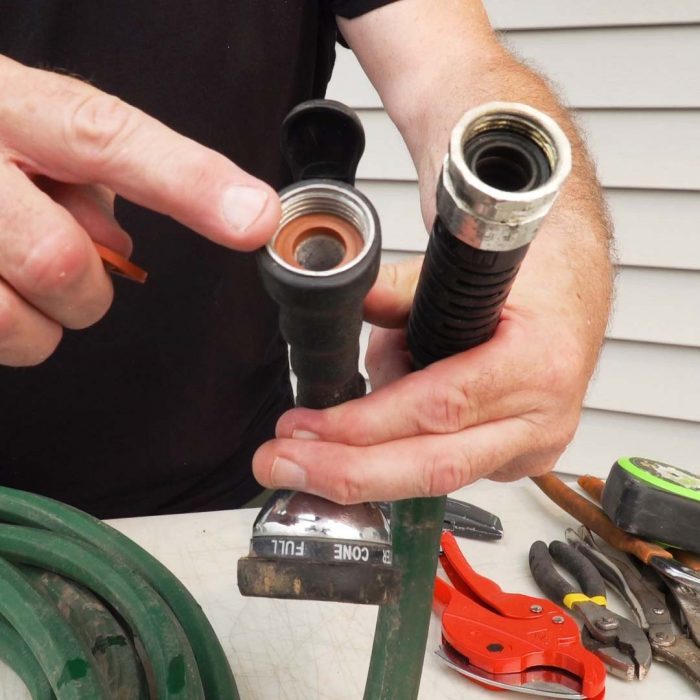
Pace two
Measure
- Before heading to the hardware store for repair parts, measure what size garden hose you have. The three common sizes of garden hose are 1/ii-, 5/8-, and three/4-inch. That is the ID (inside diameter) of the hose.
- The OD (outside diameter) is typically 1/eight-inch larger than the ID. And so a 5/viii-inch hose has a 3/4-inch OD.
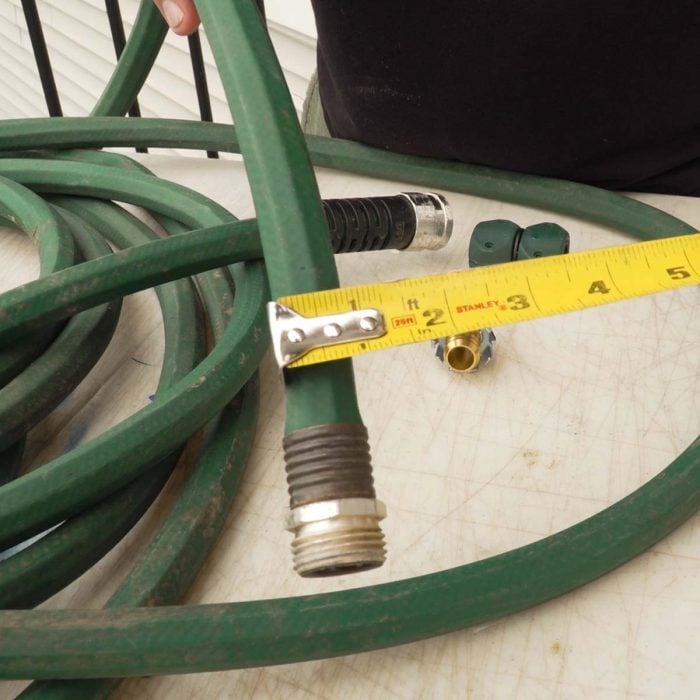
Step 4
Four Like shooting fish in a barrel Repairs
Clench Hose Menders
- Replace the ends or splice the middle of a hose with clinch hose menders. Once you take the damage section cut off the hose, stick the barbed cease of the repair plumbing equipment into the hose. Bend the tangs down and into the hose, squeezing it evenly with a pair of pliers, channel locks or vice grips.
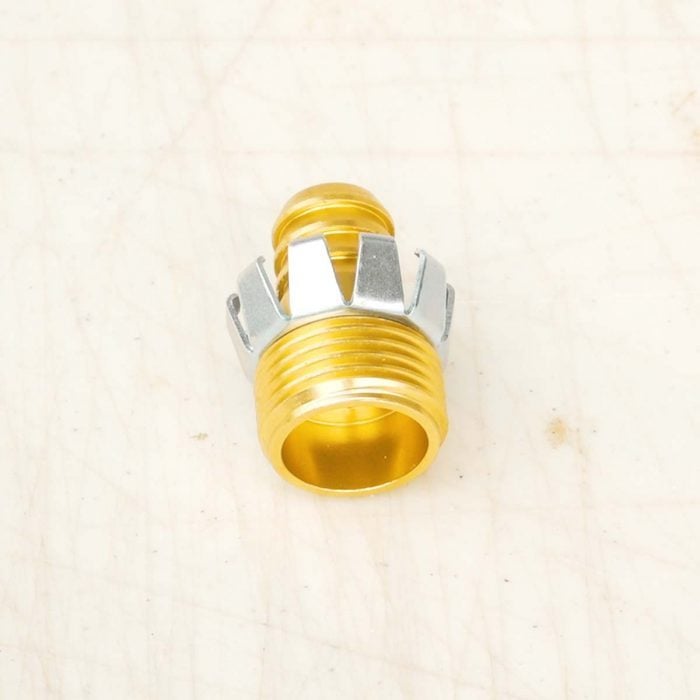
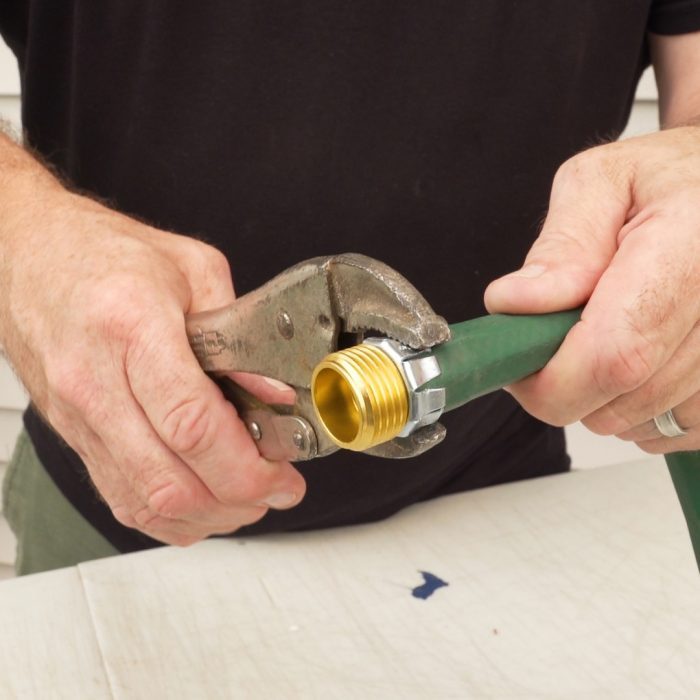
Clamp Couplers
- Clamp couplers for ends and splicing hoses are another easy hose set.
- Remove the screws and embrace from the coupler.
- Stick the spinous end into the hose.
- Supersede the encompass and tighten the screws.
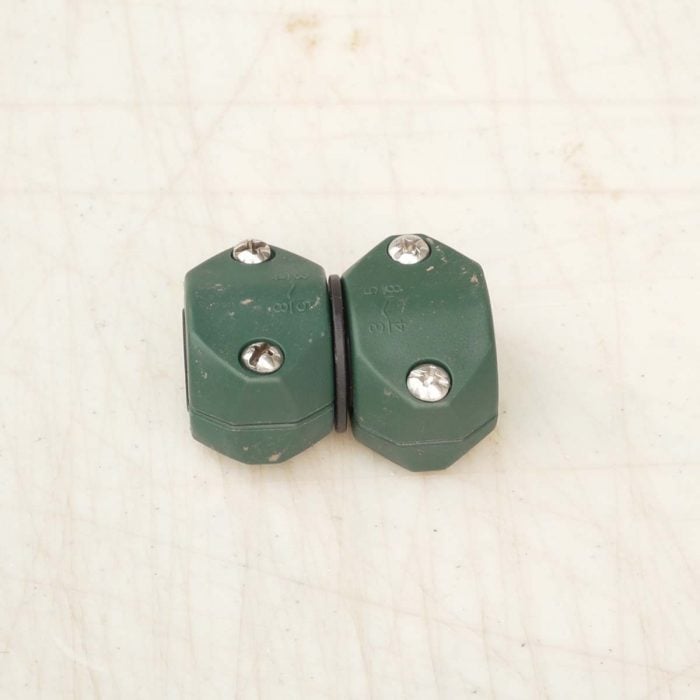
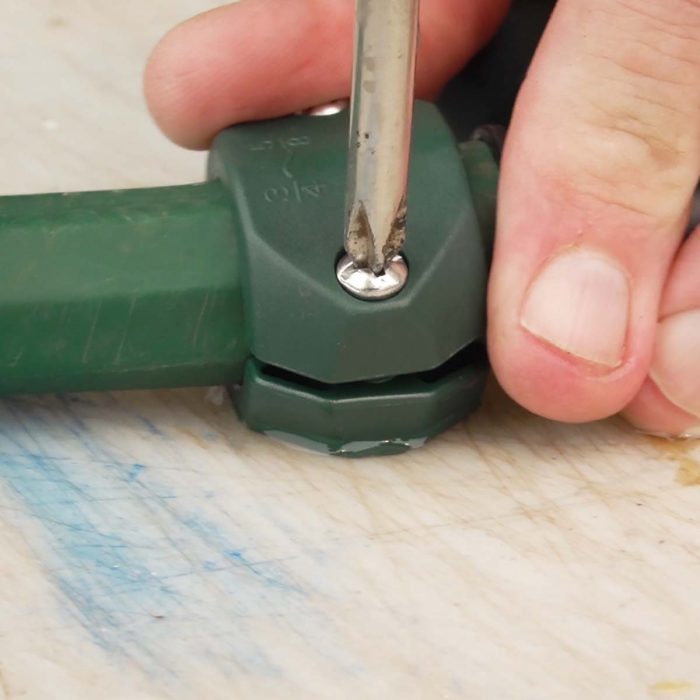
Hose Clamps
- Hose clamps and a three-inch piece of 1/ii-inch copper tubing piece of work well for a splice repair.
- Slip a hose clamp over the end of the cut hose.
- Insert the 1/2-inch piece of copper tubing into the hose, letting ane-one/2 inches stick out. Now, tighten the hose clamp with a screwdriver.
- Slip another hose clench over the end of the other piece of cut hose. Insert the i/2-inch piece of copper tubing and tighten the clamp with a screwdriver.
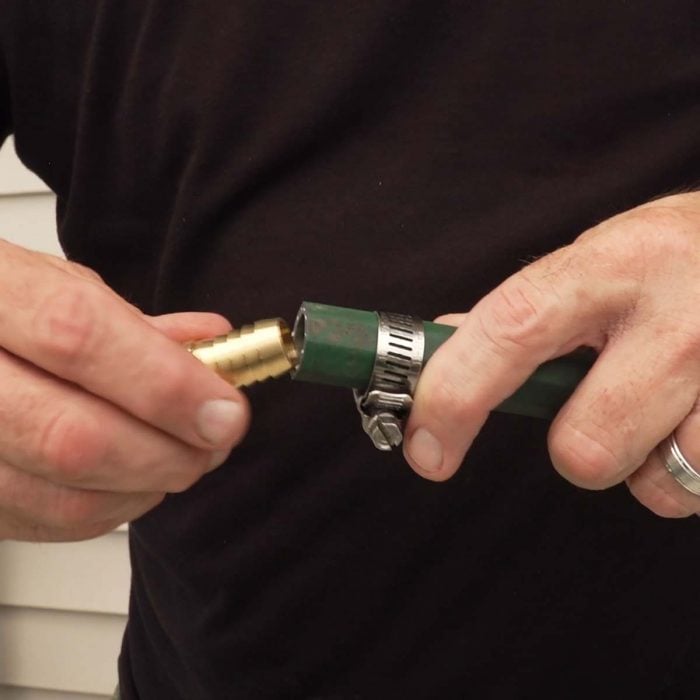
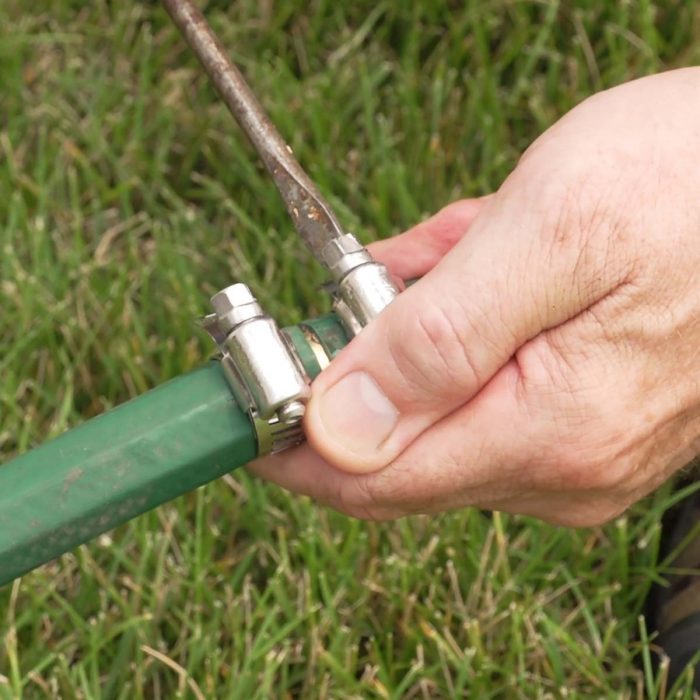
Compression Mender
- Compression mender probably is the easiest garden hose fix.
- Unscrew and separate the collar from the repair fitting.
- Skid the neckband over the hose.
- Push button the repair fitting onto the hose, and then screw and tighten the collar to the repair fitting.
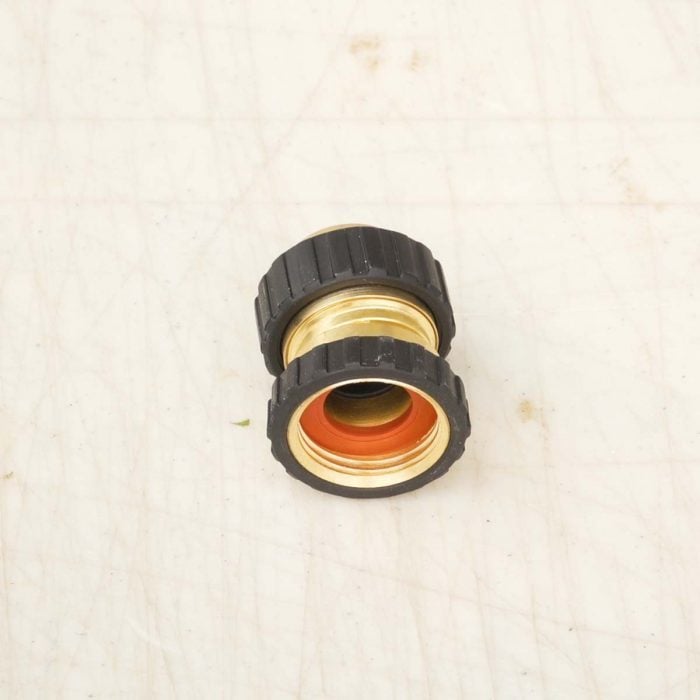
Step 5
Examination for Leaks
- Connect the hose to the faucet and turn it on, checking for leaks.
- If a repair leaks, endeavor tightening the screws or collar on the fitting.
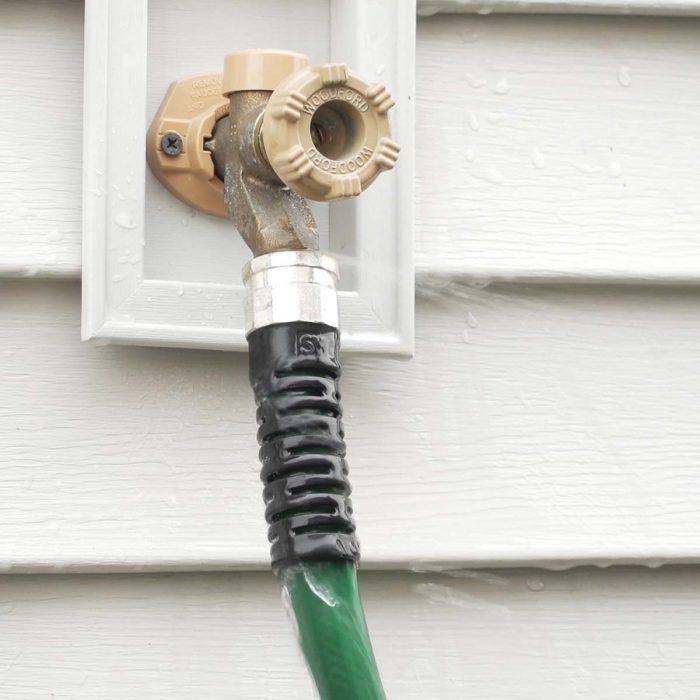
Source: https://www.familyhandyman.com/project/how-to-repair-a-garden-hose/
Posted by: simpsonmucas1966.blogspot.com


0 Response to "How To Repair Steel Braided Hose"
Post a Comment